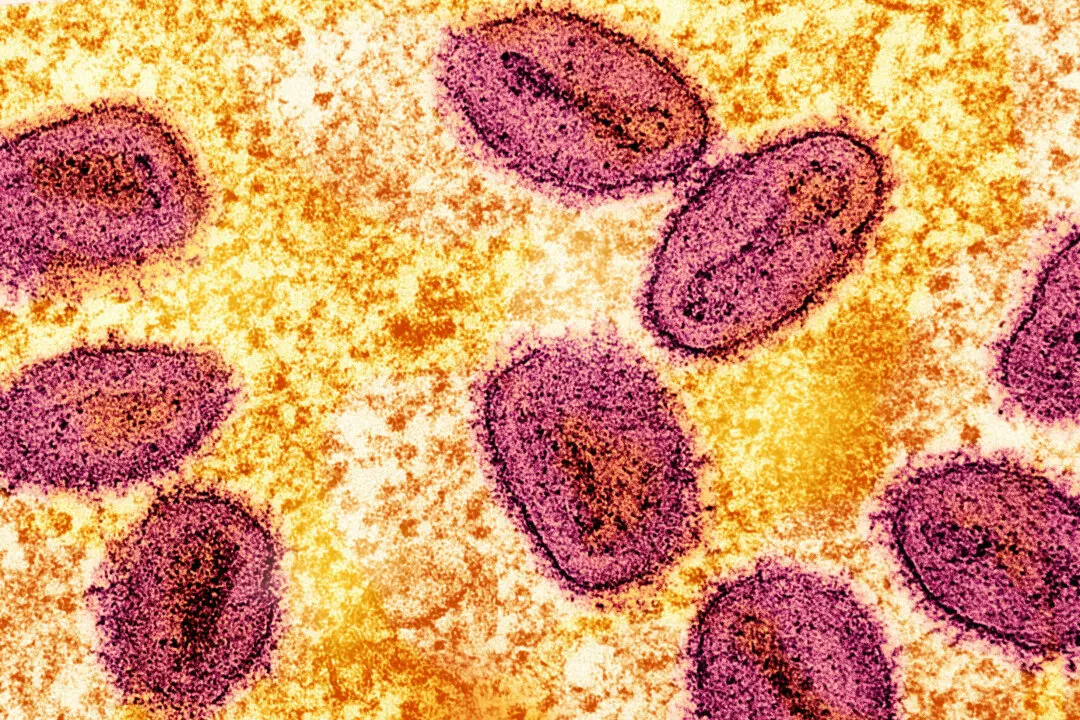“Attempting to control mucosal respiratory viruses with systemically administered non-replicating vaccines has thus far been largely unsuccessful.”—Dr. Anthony Fauci (former director of the NIAID), 2023, commenting on vaccines for COVID-19.
Firstly, the final author was Dr. Anthony Fauci, the recently retired director of the U.S. National Institute of Allergy and Infectious Diseases (NIAID), normally a magnet for the media. Secondly, Fauci and his co-authors provided evidence that much of what those in authority have told the public regarding COVID vaccines was contrary to what they knew to be true.
Kudos to Fauci for coming clean on the basics of viruses and immunology. If leading medical journals such as the New England Journal of Medicine or the Lancet had employed editors with such knowledge three years ago, they might have contributed to public health rather than the gutting of society and global human rights. If those in authority had explained these truths and based their policies on them, things would also have been different.
Likewise for the entire medical establishment. Much death, poverty, and inequality might have been avoided. Trust may also have been maintained in the institutions within which they work.
The paper co-written by Fauci discusses the potential to develop coronavirus vaccines and vaccines for other fast-mutating respiratory viruses. It is best to step through the paper in three parts: reviewing the evidence provided by the authors, noting the residual dogma that persists despite being contrary to this evidence, and lastly, considering the implications of the paper regarding the COVID public health response.
1. Poor vaccine efficacy and the superiority of natural immunity.
The review makes clear that vaccines against respiratory viruses such as influenza or coronaviruses (e.g., SARS-CoV-2, which is responsible for COVID) are highly unlikely to achieve the levels of effectiveness we expect from other vaccines. The authors noted Centers for Disease Control and Prevention (CDC) data showing that influenza vaccines, now pushed for all ages from 6 months upward, have an efficacy ranging from just 14 percent to a maximum of 60 percent since 2005 (extending back 17 years would have lowered this to 10 percent, with the average vaccine efficacy just below 40 percent).As Fauci noted, “Our best approved influenza vaccines would be inadequate for licensure for most other vaccine-preventable diseases.
“It is not surprising that none of the predominantly mucosal respiratory viruses have ever been effectively controlled by vaccines.”
The authors provided clear explanations for this lack of efficacy: “The vaccines for these two very different viruses have common characteristics: they elicit incomplete and short-lived protection against evolving virus variants that escape population immunity.”
It is not just the high mutation rate that is a problem, but also the mode of infection: “They replicate predominantly in local mucosal tissue, without causing viremia, and do not significantly encounter the systemic immune system or the full force of adaptive immune responses, which take at least 5–7 days to mature, usually well after the peak of viral replication and onward transmission to others.”
As this honest appraisal notes, COVID vaccines were never expected to significantly reduce infection or transmission.
The authors explain what most infectious disease doctors and immunologists have known throughout the COVID outbreak: that circulating antibodies (IgG and IgM) play only a limited role in controlling infections such as COVID, whilst mucosal antibodies (IgA) in the lining of the upper respiratory tract, not stimulated by injected vaccines, play a far larger role: “The importance of mucosal secretory IgA (sIgA) in pathogen-specific responses against respiratory viral infections has long been appreciated for influenza viruses, RSV [respiratory syncytial virus] and more recently SARS-CoV-2.”
The significance here is that systemic vaccines, as the authors note, do not elicit mucosal IgA production.
The efficacy against severe COVID that systemic vaccines do provide to some unexposed people within a certain window is explained by the following observation: “IgA appears to be a better effector in the upper respiratory tract, whereas IgG is better in the lung.”
In summary, both the coronavirus and influenza vaccines are poor: “The vaccines for these two very different viruses have common characteristics: they elicit incomplete and short-lived protection against evolving virus variants that escape population immunity.”
Struggling With the Dogma
The real value of the paper is in the way it contrasts COVID dogma against evidence. The authors start by noting that as many as 5 million people normally die globally every year from respiratory viruses. A comparison with the World Health Organization’s 6.8 million COVID deaths recorded over three years would have provided useful context (Note: It is important to distinguish deaths from COVID from total deaths from the pandemic that include those from COVID and lockdown impact). However, such an acknowledgment would have fit poorly with their following statement:“SARS-CoV-2 has killed more than 1 million people in the United States.”
This is, of course, false. It is based on deaths after a recent positive PCR result, with CNN’s COVID analyst now admitting the exaggerations involved. More strangely, the authors claim, “the rapid development and deployment of SARS-CoV-2 vaccines has saved innumerable lives and helped to achieve early partial pandemic control.”
Achieving “early partial epidemic control” is just strange for authors who have noted that the IgG response does not really kick in until after the peak of viremia and transmission. Putting dogma up against evidence is really hard when you have staked your reputation on the dogma, so the struggle apparent here is understandable.
In recognition of the impact of reality on the COVID vaccine program, we can accept the rather vague acknowledgment that despite vaccination, “significant numbers of fatalities [amongst the vaccinated] still occur.”
The Importance of This Paper
The authors of this paper are not developing new hypotheses to explain why COVID vaccine performance was disappointing. They are simply restating previous knowledge. Predictions of high and sustained vaccine efficacy and of vaccination paving the “way out of the pandemic” were not expected to come true. These claims were a ploy to encourage adherence to a plan that would dramatically enrich certain corporate and public health figures. People with reasonable knowledge of the subject knew the rhetoric to be incorrect, although relatively few said so. The rest, presumably, were fooled.Fauci and co-authors, therefore, make an important contribution to the COVID narrative, underlining the deception of the past two years. Claims that this deception promoted an overall good—that there was a “global pandemic” and compliance with mass vaccination would be for the population’s benefit—are refuted by Fauci et al.’s evidence. Mass vaccination, while very successful financially for a small but influential minority, was never expected to work.
The public health community misled the public to promote injections with a new class of pharmaceutical. They had no long-term safety data, and the vaccines targeted a virus they knew posed little harm to the vast majority of those to whom they were speaking, while many or most already had more effective natural immunity.
The long-term outcomes of this deception are yet to play out and will include a loss of trust in public health and the practice of medicine. This is justified and can be argued to be a good thing. How each person reacts to confirmation that they have been fooled by those who promoted this narrative is an individual choice.
The most foolish reaction would be to pretend that the deception did not occur.





